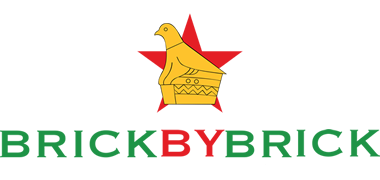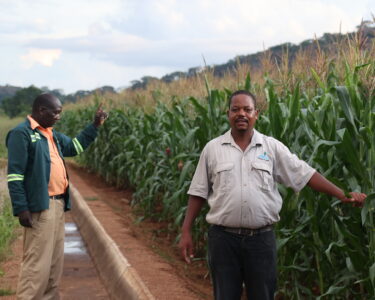It’s not every day that you hear a woman talking authoritatively about livestock feed formulation, cross-breeding of cattle, Brahman bulls, disc harrows or irrigation for pastures, but for Kudzai Katiyo it is grist to the mill. In fact, she sounds like an expert in livestock production thanks to her vast knowledge in cattle ranching. Our Editor-in-Chief Munyaradzi Huni paid Katiyo a visit at her Figtree Farm in Somabhula, about 42 km from Gweru and was taken aback by the way this mother of two is going about business at her farm. She makes livestock farming look like a stroll in the park.
When Katiyo and her husband, Chakanetsa Chimbira, moved to Figtree Farm in 2010, farming full-time was the last thing on her mind. All she wanted was to be a housewife and loving mother to their two children. After all, isn’t it 1 Timothy 5 verse 8 urges man to work hard so as to be able to provide for his family? And so, when the couple moved permanently to the farm, Katiyo was quite content to take a back seat while her husband did all the “dirty work”.
Then tragedy struck.
Chimbira passed away in 2011. Katiyo was gutted. She found herself asking God why He had taken her beloved husband away so prematurely. No answer was forthcoming. Her husband was gone forever. Then reality sank in. She was now not only a widow, but the “father” to their two children. There were school fees to be paid, and a sizeable herd of cattle to look after.

Recalls Katiyo: “I soon discovered that I had to wipe off the tears and be strong, especially for the kids. Suddenly, I was alone and life had to go on. The passing on of my husband left me devastated. We were just starting and I had not yet developed this passion I have for farming. My husband used to say that for us to become successful farmers, we had to move permanently to the farm. At the time, I didn’t understand what he was talking about. It was only after he passed on that the message gradually sank in. I was now alone and I had to take up from where he had left off.”
She was thrown at the deep end of the pool. Today, she is the proud owner of 97 cattle, and now employs seven farm hands. She has built herself a beautiful house. The “reluctant farmer”, who has since developed a passion for livestock farming, is now dreaming big. “I want to turn this farm into a small industry. I have drawn up a five-year development plan and I can assure you that at the end of the five years, this farm will be a meat centre. Everything to do with meat production and processing will be happening here,” she gushed.
So, what has the journey been like, Brick by Brick magazine wanted to know?
The answer: “When we first arrived here, there was nothing. This was just bush. We built a cottage and drilled two electricity-powered boreholes. We also have a solar system and a generator for back-up purposes.
“When we started, we only had three heifers. We built this herd over time, hiring bulls from fellow farmers until we could afford to buy our own bulls. By 2015, the herd had grown to 26 cattle. I have no formal training in livestock production. All that I know about cattle farming, I picked up through interacting with other farmers. One day a fellow farmer, who is into livestock production, paid me a visit and was surprised that I had 26 steers. He asked me why I was holding to some of the unproductive steers.
“He warned me against having an emotional attachment to unproductive cattle because they lost value with age. It was advisable for me to sell the steers while they still offered good value, and that if I did so at the right time, their value was as good as that of commercial beef.
“Until then, I was fascinated with numbers. Just admiring my cattle herd gave me great satisfaction. What I didn’t realise was that the cattle were losing value and I was losing money. It was then that I started selling the steers and I can tell you God has been great. We sold the steers to develop this farm. I later built a fowl run with a holding capacity of 4 000 chickens. I went on to build myself this farmhouse. All this with proceeds from the farm.
“I then went into cattle ranching proper, buying cattle for slaughter. Soon I was supplying beef to several schools around Gweru. That is how I managed to send my children to school. At the time, my daughter was at Midlands Christian College. She is now in America, but mombe ndidzo dzakamuendesa kuchikoro. I never paid her school fees in cash. It was barter trade. All I did was go to the school and offered to supply them with good quality meat. That is how I paid fees at the Midlands Christian College for my daughter.
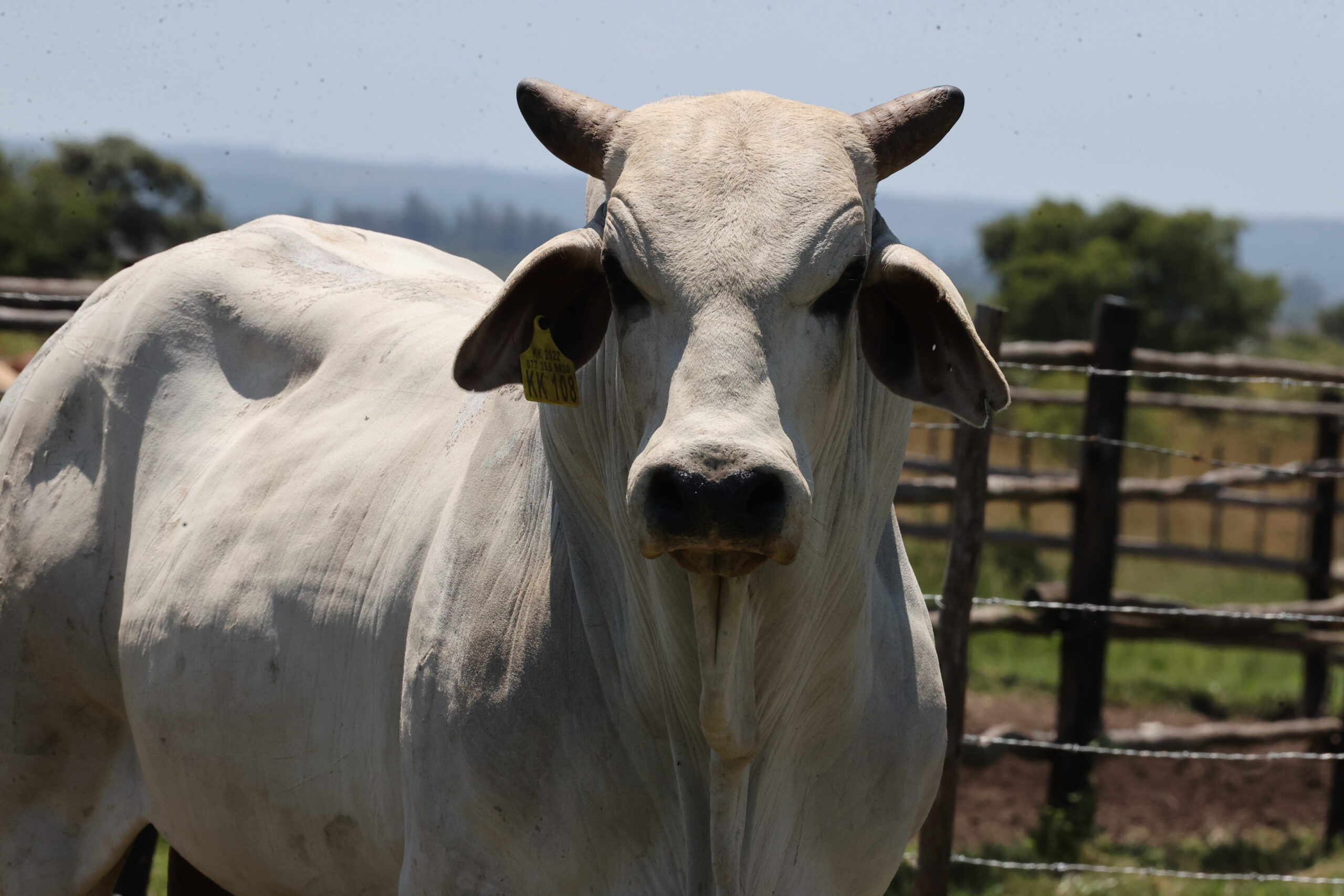
“I have since opened a butchery. I am also into cattle fattening. In fact, Figtree Farm is now one of the leading suppliers of quality beef to a number of hotels and restaurants in the Midlands Province.
“My son is currently working at the Midlands State University (MSU) farm. Like his late father, he is very passionate about farming. I want him to learn as much as he can about farming because we have big plans for this place. We want to venture into goat production, sheep production, rabbit production and piggery as well as fish farming on a large scale. Surveys have already done to identify suitable sites for all these projects. I repeat, this is going to be a meat centre in the true sense of the word.”
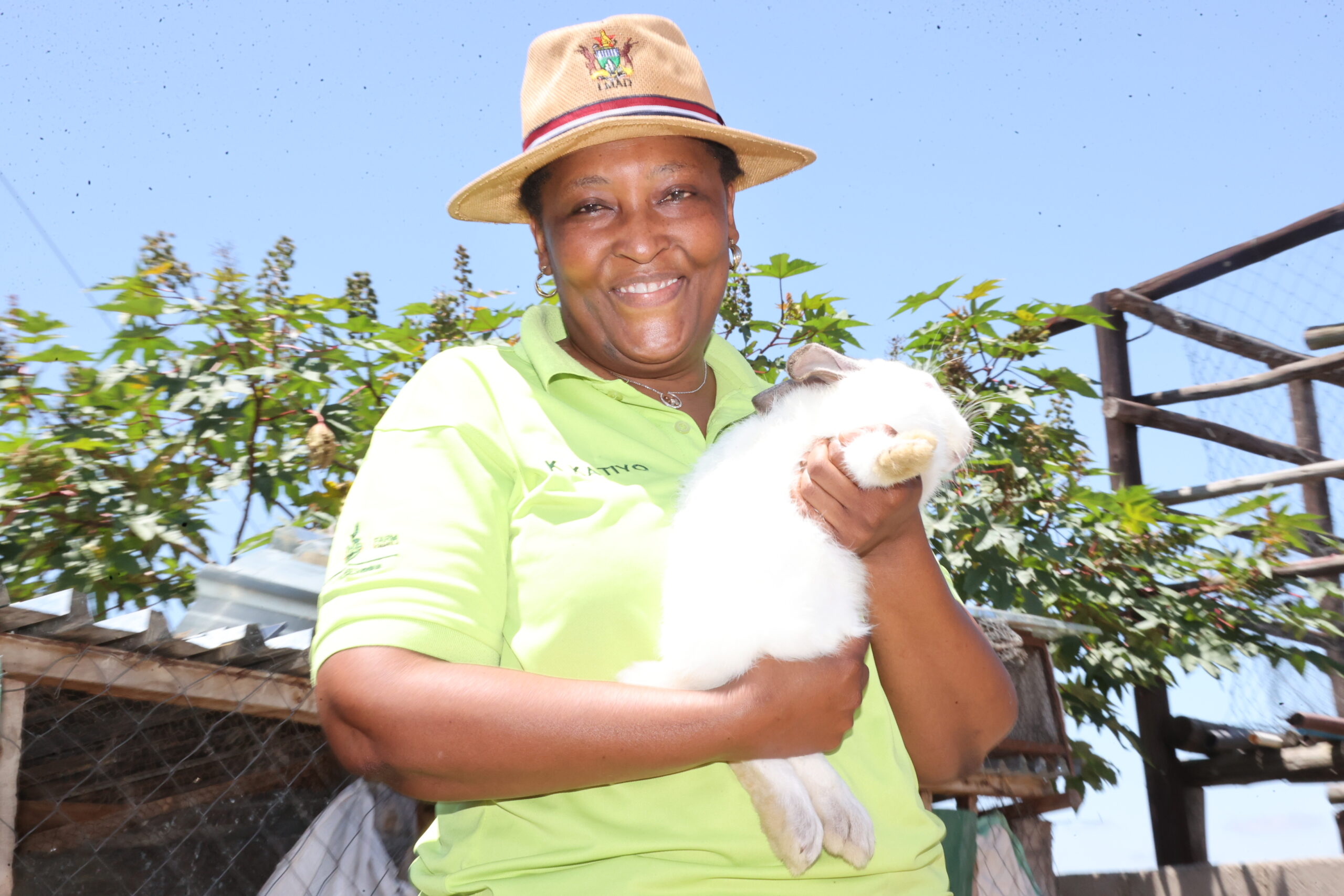
“In my quest to expand this business, I have also acquired more farming equipment, such as a disc harrow, tractor, fertiliser spreaders, a trailer and a truck to ferry our cattle for slaughter.
“President Mnangagwa is always talking about value addition and beneficiation. That is exactly what we are planning to do here. My goal is to be at the apex of the entire livestock value chain. By this I mean, we want to grow our own pastures, do our own feed formulation, feed our cattle, build an abattoir and set up a meat processing machine right here. We can do it. I know where I came from. We started from scratch and so I know nothing is impossible.
“I also have plans for an irrigation system. We want to harness the perennial river that flows through the farm to irrigate our pastures. Right now, we are buying the bulk of our livestock feed. But if we grow our own pastures, we will not need to spend money on feed any more.
“On the cattle ranching side, we have 97 cattle, but the number keeps growing because I have now mastered the ropes. For feedlots, we buy steers from fellow farmers. We buy them young and fatten them here. We feed them for about three months before slaughtering them. Most of my clients like super meat or commercial beef. I specialise in bulls as well and all my bulls are certified. I have a Brahman and a Thuli bull for the purposes of cross-breeding,” explained Katiyo.
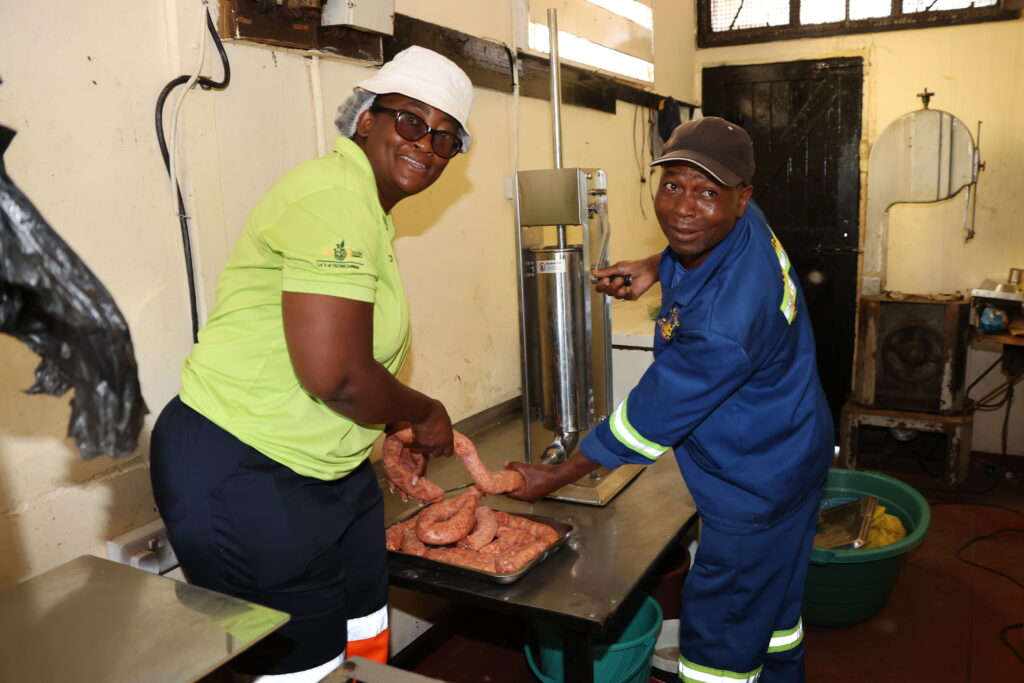
Although, she has self-financed most of her projects, Katiyo has also benefited from government’s Command Farming and the Presidential scheme on silage. “I also got a loan from AFC [Agricultural Finance Corporation] and CBZ Bank, but like I said earlier on, this farm has more or less developed itself.” The founding president of Zifat, Depinah Nkomo says elsewhere in this edition of Brick by Brick, that lending institutions tend to biased against women. Katiyo echoes similar sentiments, recalling her own personal experience. “I remember when I approached some banks and told them that I was into livestock production, they didn’t take me seriously at first. I had to push hard. It was only when they took notice of my persistence that they eventually helped me, almost as afterthought. However, when some bank officials came here for inspection, they were quite impressed. Even officials from the Rainbow Tourism Group (RTG) and [fast food giants] Simbisa Brands were surprised to see that the farmer was a woman.”
When all is said and done, Katiyo is a woman on a mission. “I have developed a strong passion for farming. I want to show other women that we can do it on our own. Livestock farming is dominated by men and I want to prove that as women we can do it, too. As my pastor often puts it: ‘Hapana mweya wechikadzi kana wechirume. We all breathe the same air.’
Just like everyone else involved in livestock production, Katiyo has not been spared from the scourge of cattle rustling. However, to deal with the menace, she has hired security to keep intruders out.
She had nothing but praise for her seven farm hands, whom she now regards as family. But she was quick to add that it was important to safeguard against laxity on the job, saying “but ndinombopfeka a business face”.
And her message to the Second Republic?
“I have proved beyond any reasonable doubt that I am a serious livestock farmer. I have developed Figtree Farm almost single-handedly, can I please have a centre pivot for my pastures? I also require a bailer and a racker for my pastures. I am currently hiring these at considerable expense,” concluded Katiyo.

